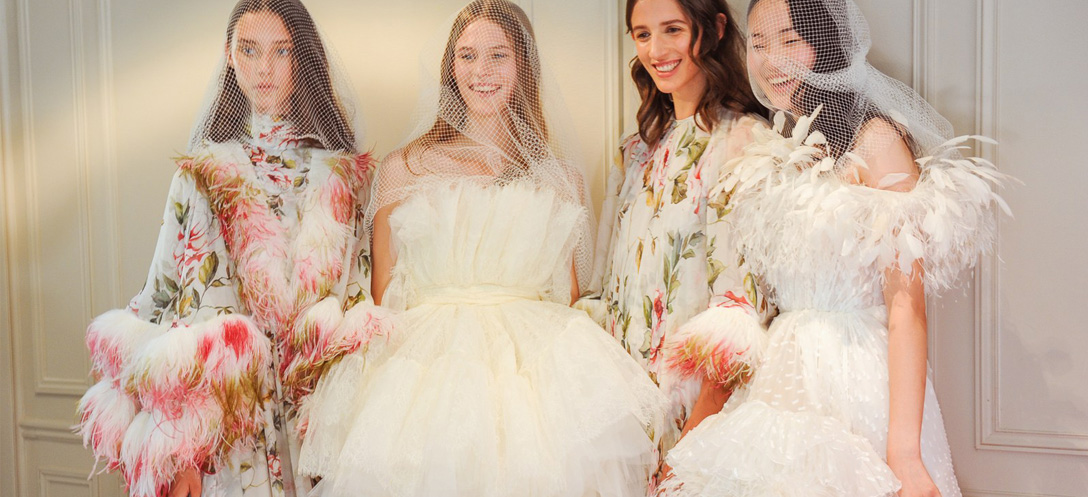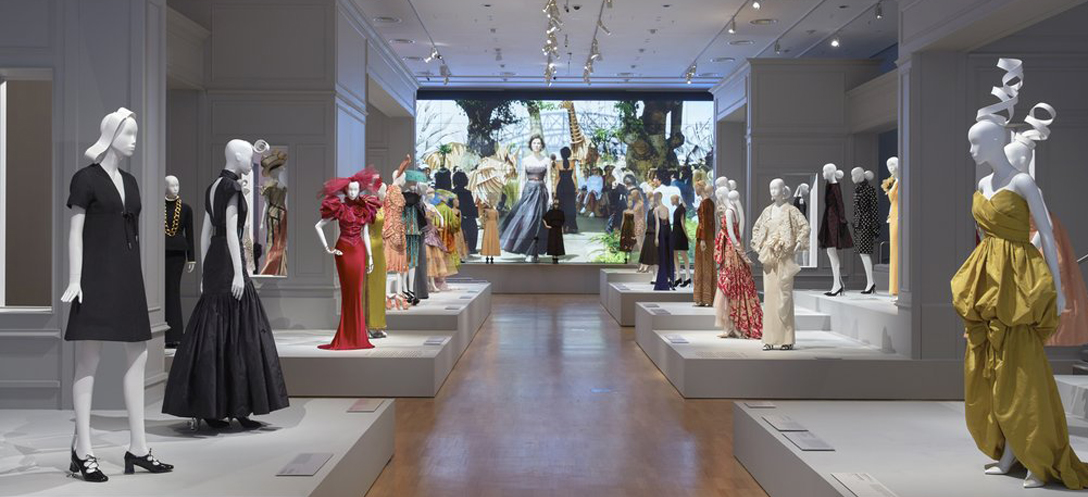
From A to B and Back Again
A Warhol RetrospectiveThis exhibition is located in Whitney Museum of American Art started on the 12th November 2018 till 31st March 2019—the first Warhol retrospective organized by a U.S. institution since 1989—reconsiders the work of one of the most inventive, influential, and important American artists. This exhibition reveals new complexities about the Warhol we think we know, and introduces a Warhol for the 21st century.
Andy Warhol was an American artist, director and producer who was a leading figure in the visual art movement known as pop art. His works explore the relationship between artistic expression, celebrity culture, and advertising that flourished by the 1960s, and span a variety of media, including painting, silkscreening, photography, film, and sculpture.
 Tania Monjoy (@taniamonjoy)
Tania Monjoy (@taniamonjoy)  Emily Lee (@oh_emilylee)
Emily Lee (@oh_emilylee) The exhibition positions Warhol's career as a continuum, demonstrating that he didn't slow down after surviving the assassination attempt that nearly took his life in 1968, but entered into a period of intense experimentation. This is the largest monographic exhibition to date at the Whitney's new location, with more than 350 works of art, many assembled together for the first time, organized by Donna De Salvo, Deputy Director for International Initiatives and Senior Curator, with Christie Mitchell, senior curatorial assistant, and Mark Loiacono, curatorial research associate.
The artwork section in this exhibition is divided into several sections, the first section is inspired by his style and instincts were perfectly suited to a period when creating a personality for a product and being attentive to how it would appear in print mattered more than depicting it in accurate detail, called Warhol before Warhol. Then comes the hand painted pop exploring the signs and symbols of postwar America, creating the movement that came to be known as Pop art. He began to make paintings of subjects in mass circulation, such as front-page headlines, cartoons, and advertisements, astutely selecting images ranging from singular and iconic to humorous and campy.


 Jaymes (@jaymeswestfall)
Jaymes (@jaymeswestfall) Right after the Mechanical Reproduction, the famous Silver Screen is presented in Whitney Museum of American Art, a long-standing fascination with celebrities and famous movie stars, often reflecting larger cultural obsessions featuring Hollywood’s latest crushes: Warren Beatty, Marlon Brando, Troy Donahue, Elvis Presley, and others. He created portraits of Elizabeth Taylor and Marilyn Monroe when their personal lives were made highly public.
Warhol’s Mechanical Reproduction came next, he continued to use in his fine art some of the reproductive techniques and tools using repetition, subtle surface variations, and color combinations, he transformed quotidian subject matter such as dollar bills, soup cans, Coke bottles, and supermarket packaging into optically charged, painterly fields.
 (@johnmaloof)
(@johnmaloof) 

 (@_skinnylove)
(@_skinnylove) Warhol’s Death and Disaster is a monumental history painting—a genre developed to honor great men and their deeds—but Warhol transforms the tradition in order to speak to the anonymity of disaster and its victims and to the contradictions of life in 1960s America. Feeling it? Information on ticketing, click here.
ANDY WARHOL – FROM A TO B AND BACK AGAIN
Whitney Museum of American Art
99 Gansevoort Street
New York, NY





